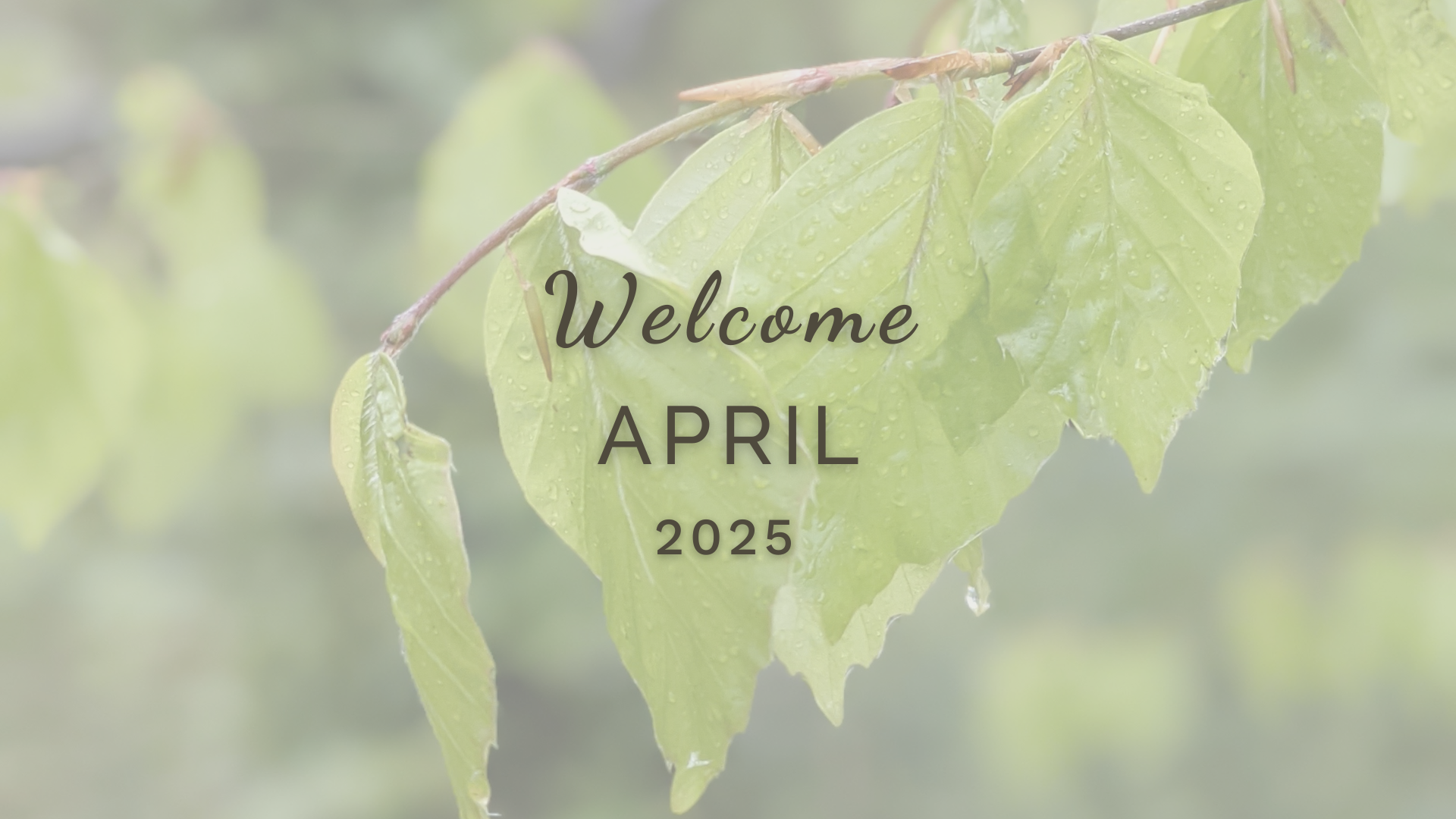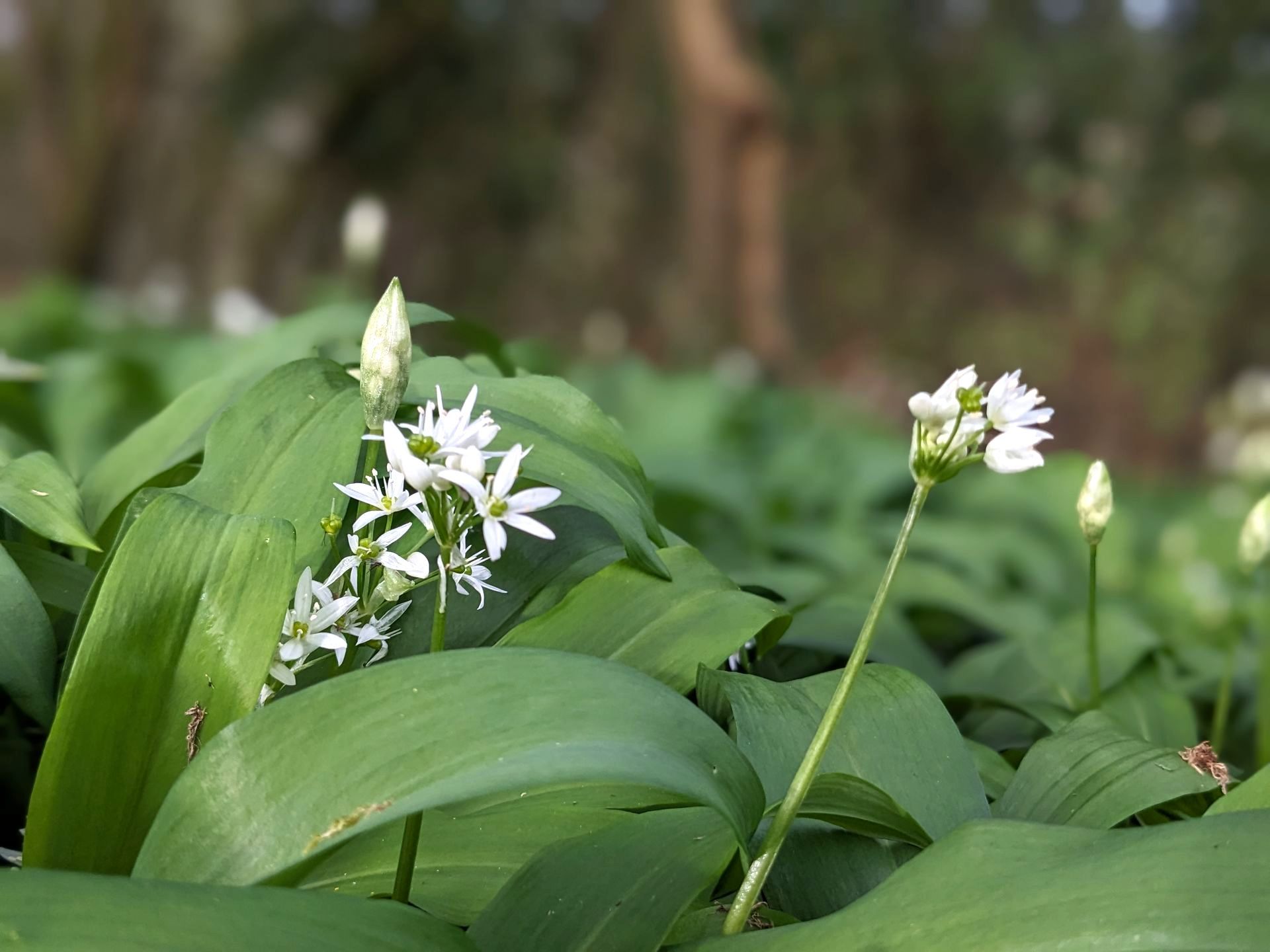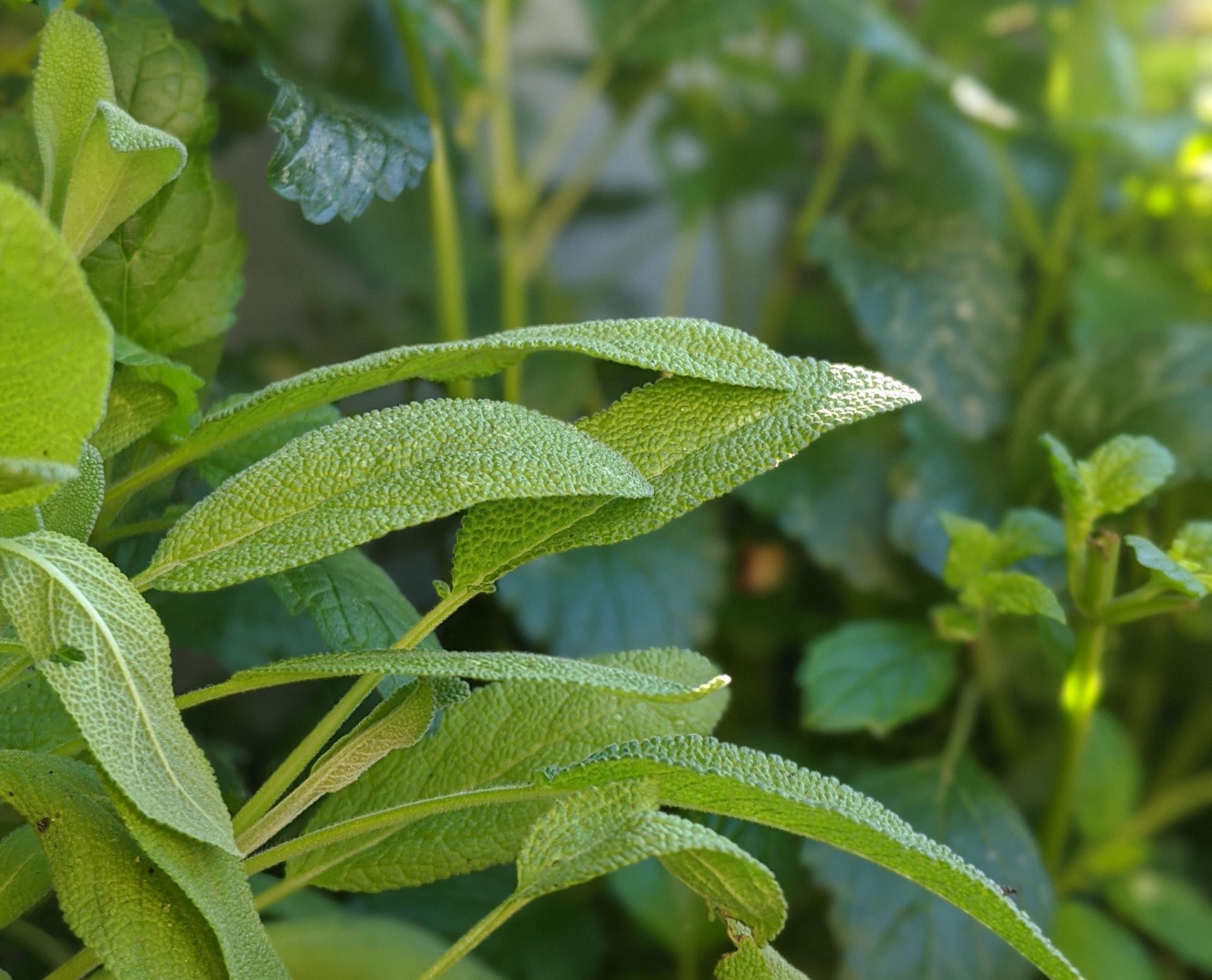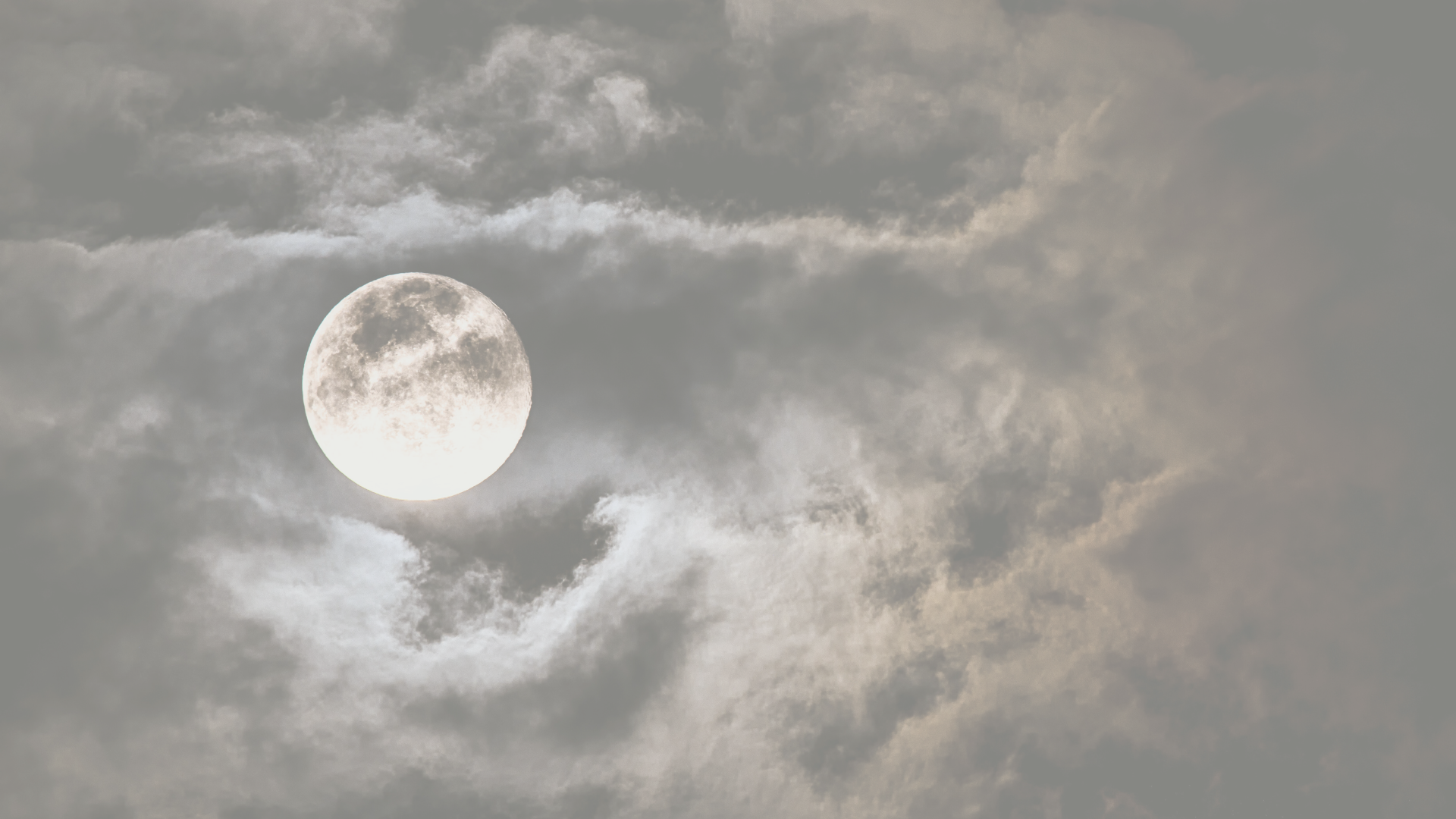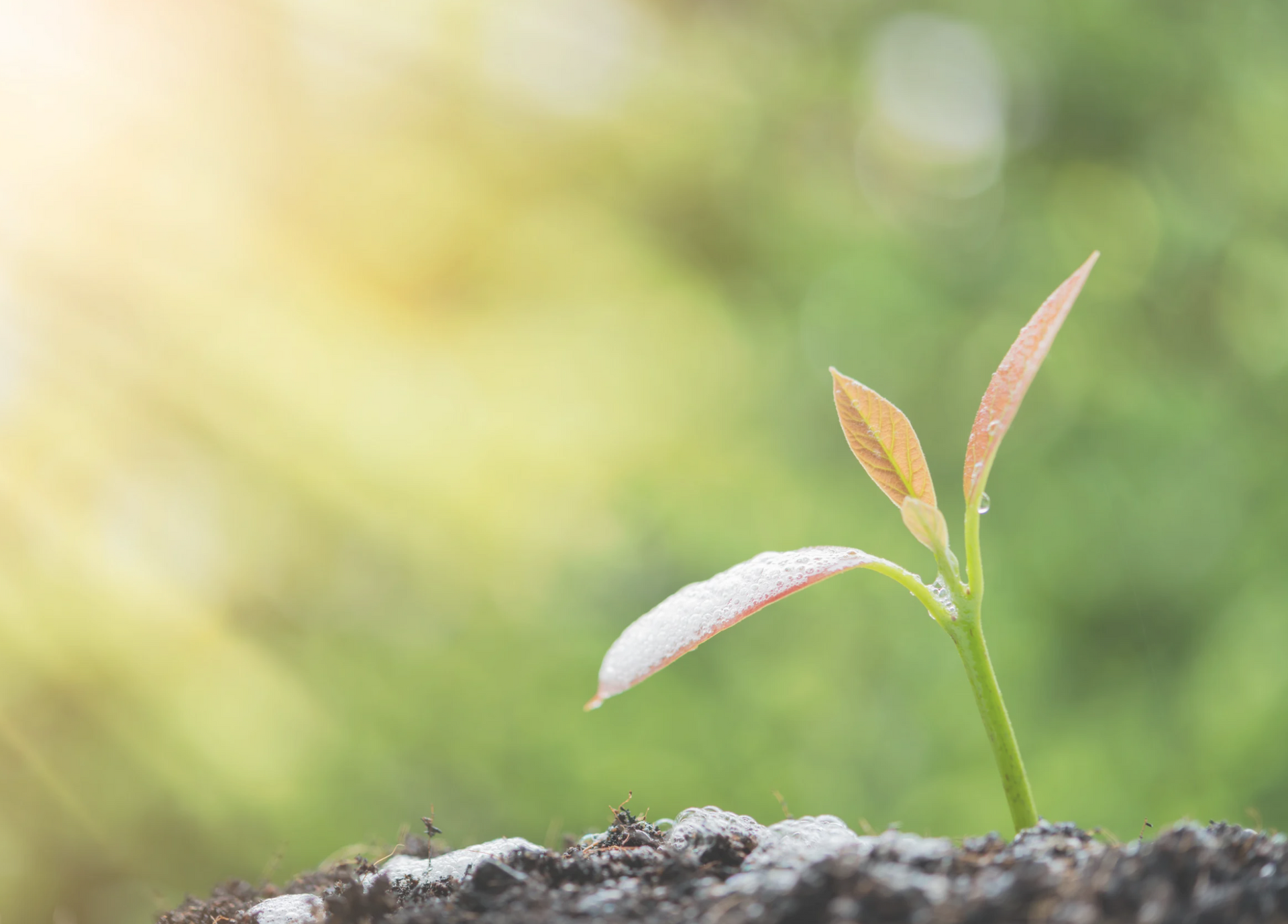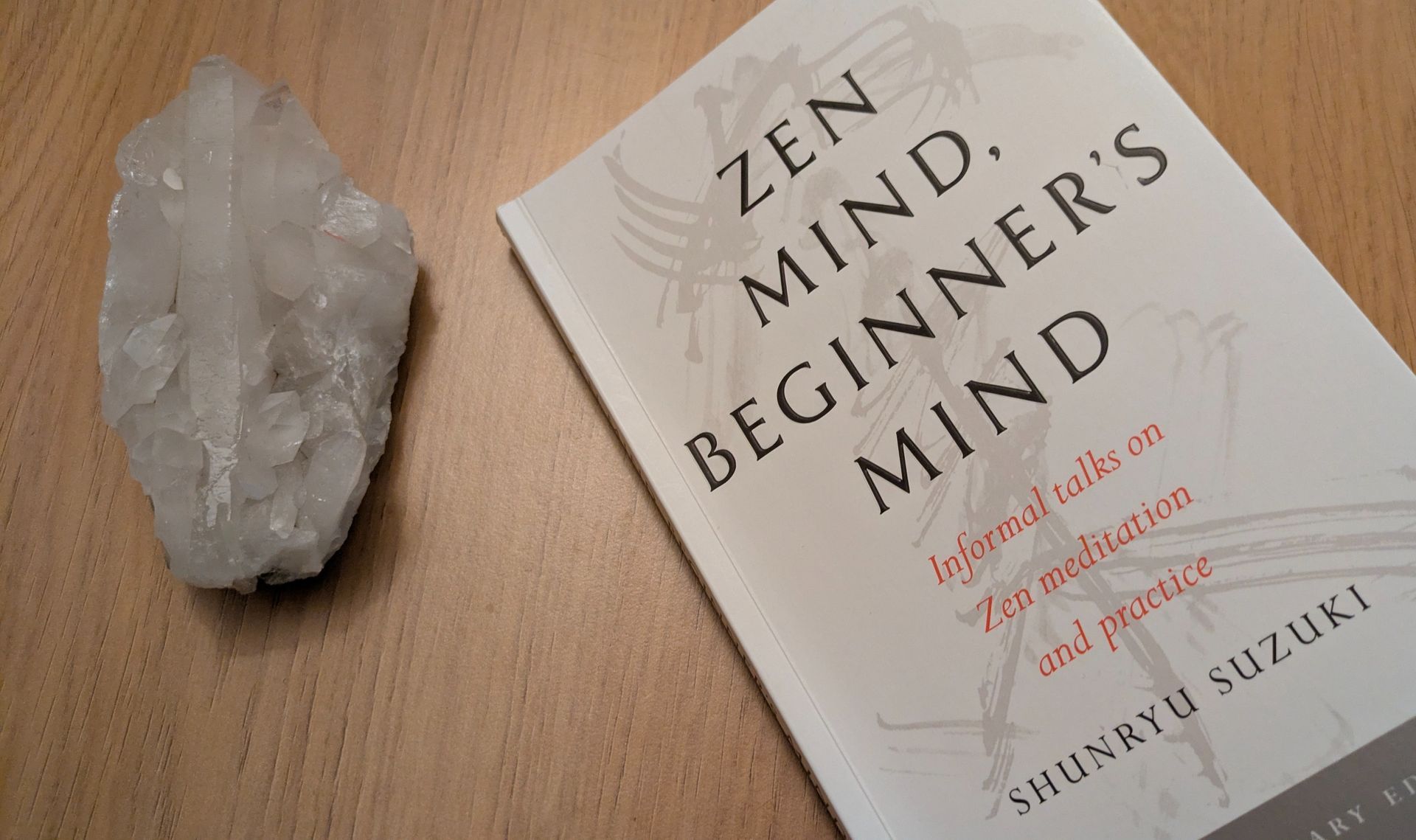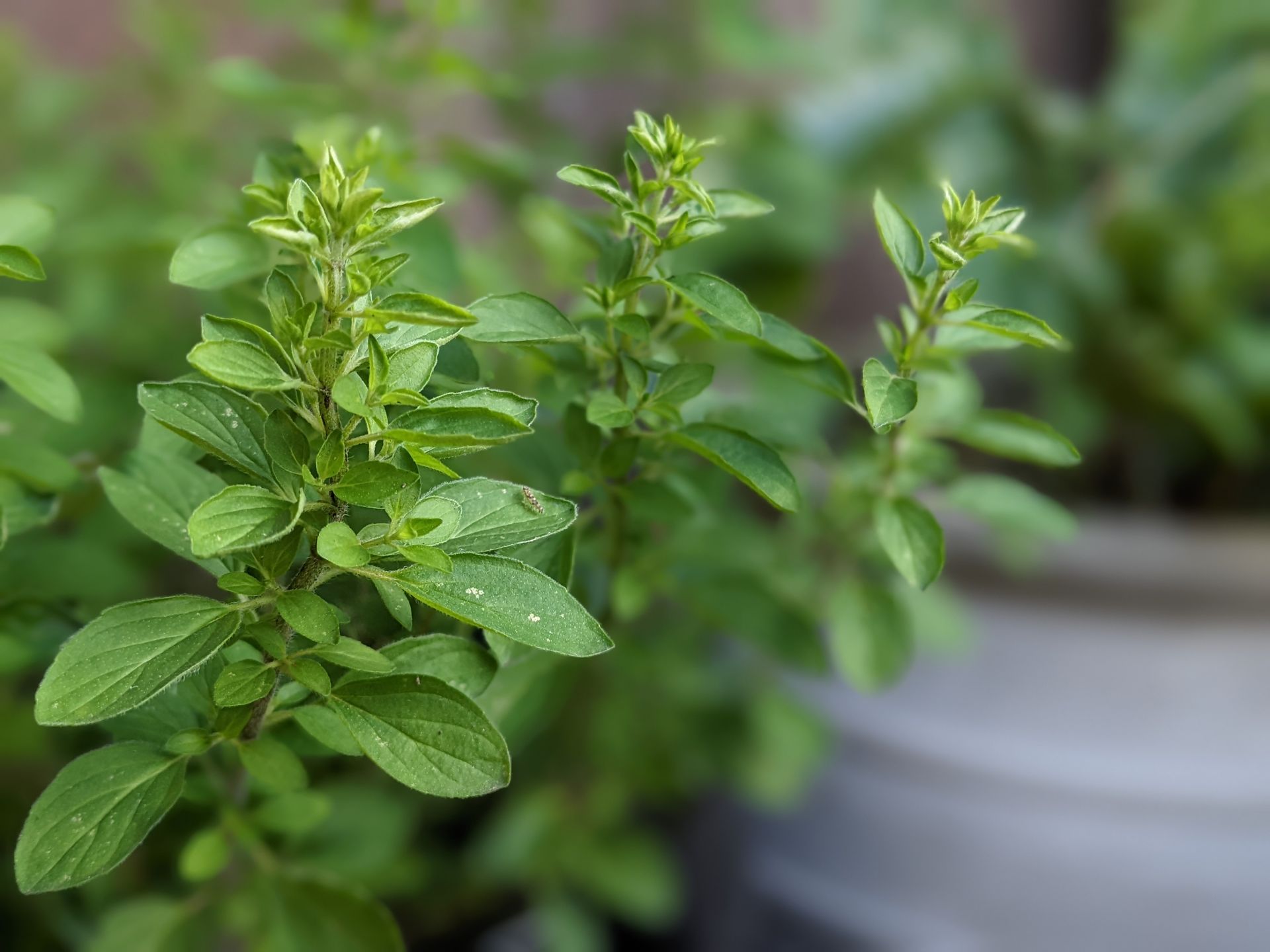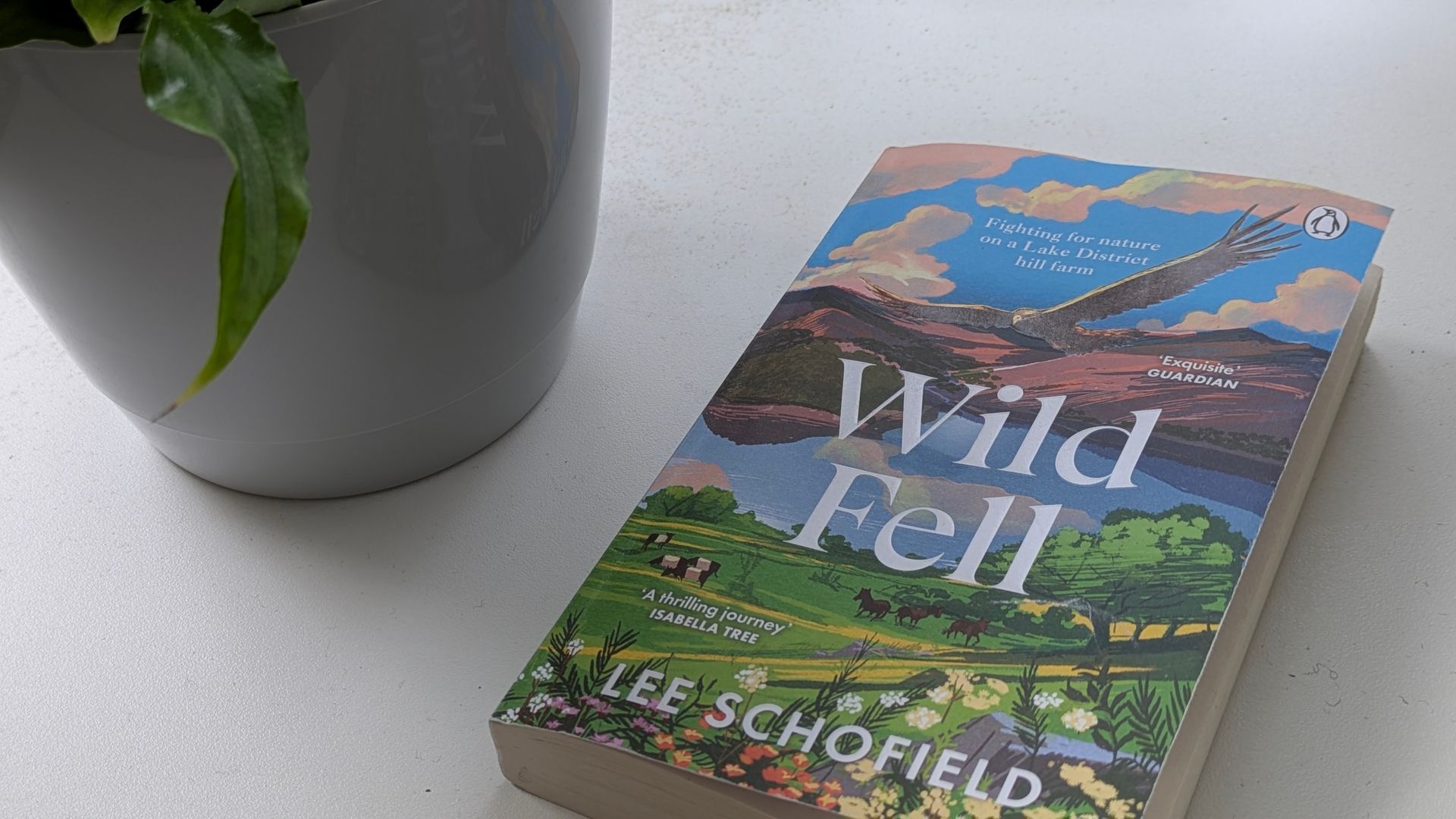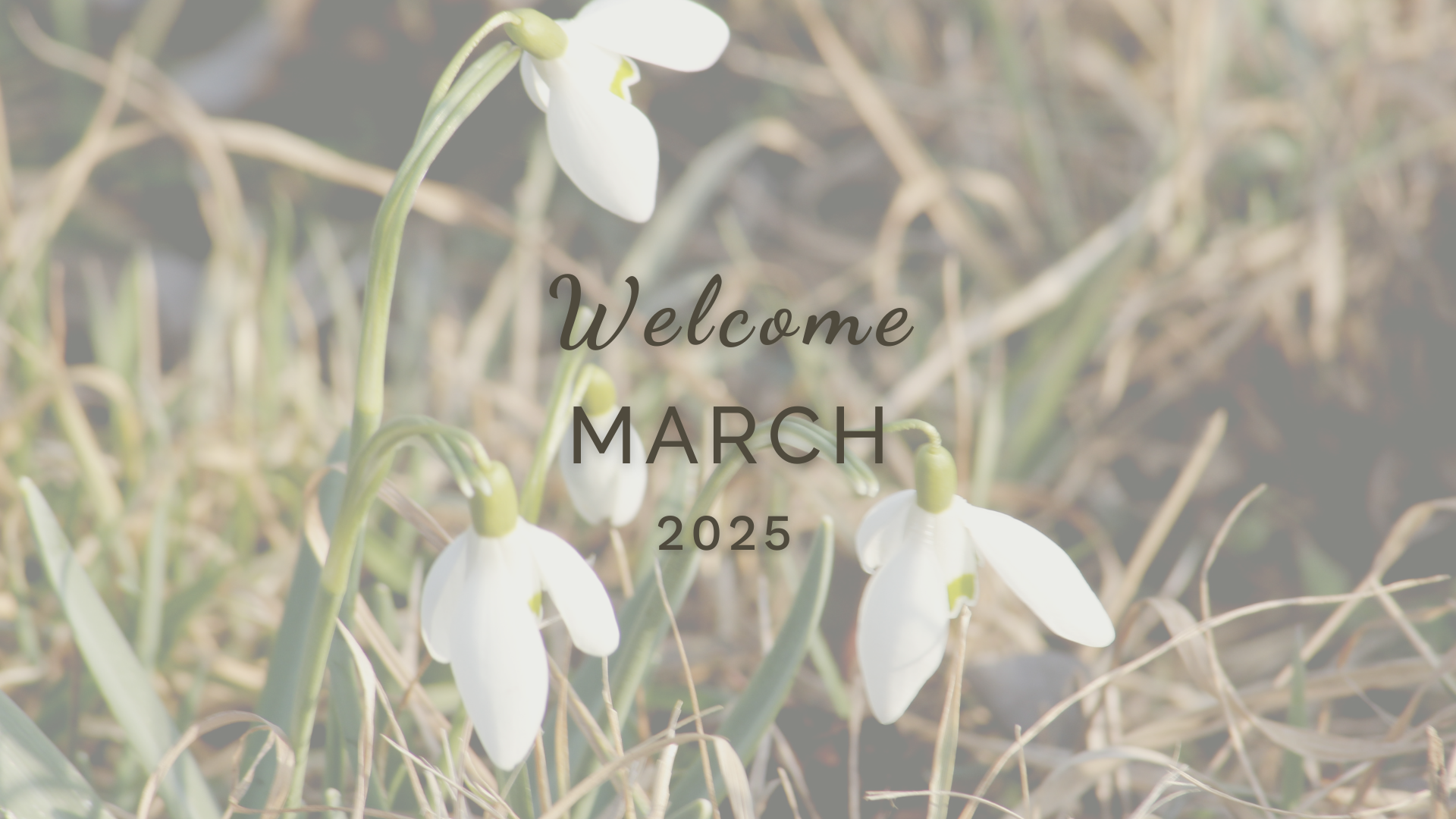Welcome April (Almanac 2025)
Seasonal dates and inspiration for things to see and do in Nature in April
WELCOME APRIL
April continues to bring new leaves unfolding on bare branches and bulbs bursting into colourful arrays of flowers that brighten the day. It is one of the most exciting months for watching garden birds and looking out for migrant birds returning from their long journeys overseas.
Migrating birds include Swallows, Warblers, House Martins, Yellow Wagtails, Cuckoos, Nightjars, Ospreys, Turtle Doves, Nightingales and Redstarts. Watch out for birds carrying twigs, feathers, moss, feathers and other materials they find to repair or build their nests ready for the breeding season.
In the hedgerows, you will see birds such as Chaffinches, Great Tits, Blue Tits and Robins building their nests. Find a quiet spot to sit and you will see them seeking out their new homes, especially in the hedgerows before they come into leaf. Birds choose the best places to build nests in trees, hedgerows, eaves and bushes. As they set-up home, try to disturb them as little as possible. Protect them from pets and keep your bird feeders and water bowls clean and full to help them along the way.
April brings two bank holidays on Friday 18 April and Monday 21 April so it's a good time to plan for days spent outside in Nature or even a field study trip which is a fun and educational way for children to enjoy being in Nature.
A poem - Welcome April - talks about the meaning of the word April or Aperto which means it’s time to open up. It is the month ruled by Aphrodite who melts the cold in our fertile soils as growth quickens and Nature continues to awaken and unfold.
This month's Almanac contains key dates and seasonal events to note for the month so that you can stay in sync with Nature's natural cycles with suggestions for ways to benefit from the natural world around you.
Moon Phases
- Sunday 13 April - FULL PINK MOON in Libra
- Sunday 27 April - NEW FLOWER MOON in Taurus
Sunrise and sunset (Devon, British Isles)
- Tuesday 1 April - Sunrise (6.50am) - Sunset (7.47pm)
- Wednesday 30 April - Sunrise (5.50am) - Sunset (8.54pm)
Recipe of the month
A delicious recipe for Parsley Tabbouleh which is packed with goodness from juicy cherry tomatoes, red onions, almonds, Parsley and Mint.
This nutritous and tasty salad is the perfect addition to a main meal as a side salad. It pairs perfectly with hummus or roasted cauliflower. Traditionally, tabbouleh is eaten inside tender lettuce leaves served it in a large bowl for everyone to enjoy.
COMING SOON!
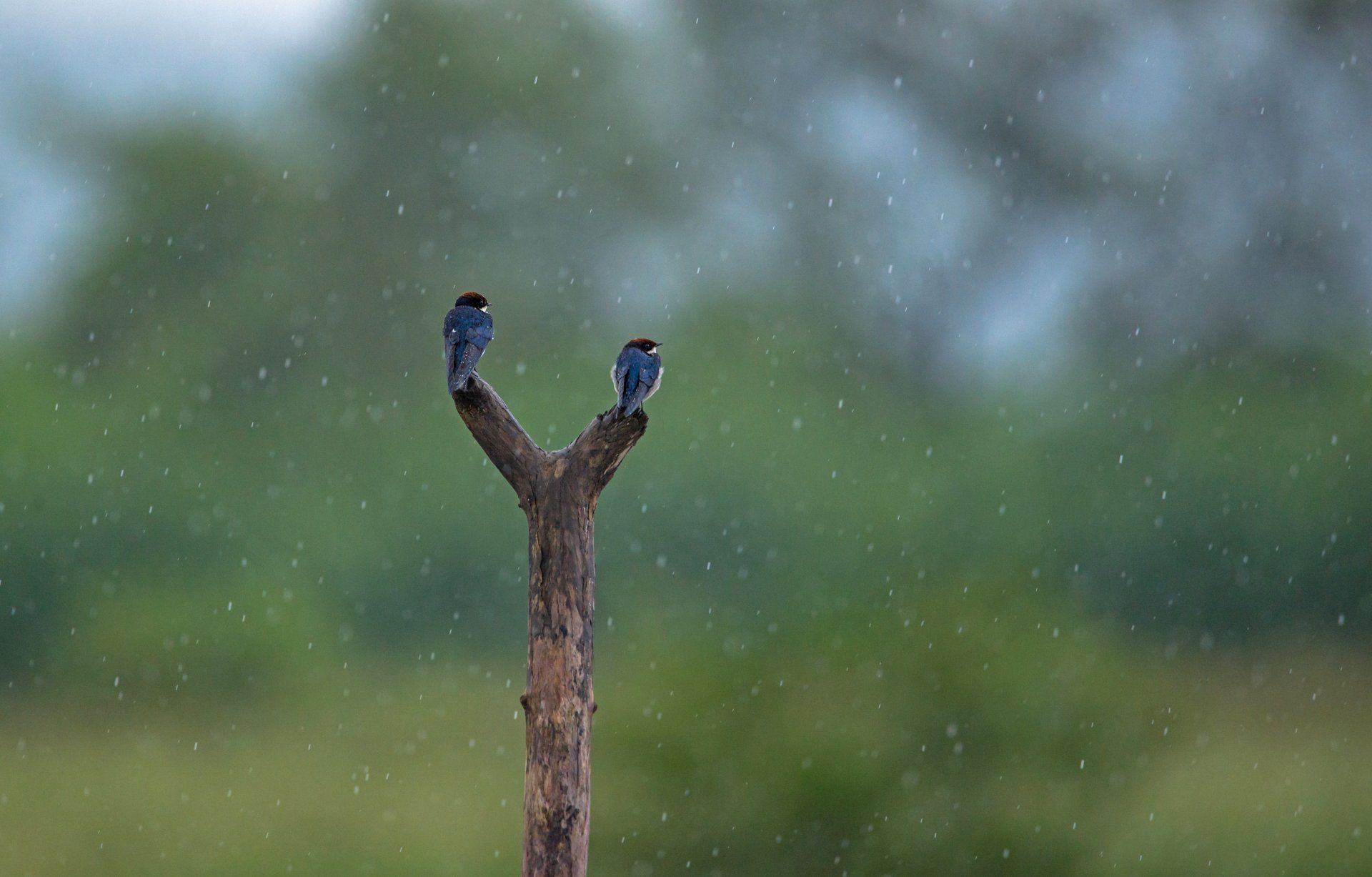
FRESH FOOD IN SEASON
Foraging for wild food
If you are foraging for wild food, remember to always follow the Foraging Code (WildFoodUK), respect the land, animals, birds and other creatures who depend on wild food and undisturbed habitats to survive.
I have written about the benefits of foraging and where to start in The Wonders of Wild Food and Foraging for Nature's Bounty.
In the fields and hedgerows
Alexanders, Beech Leaves, Bistort, Burdock, Chickweed, Comfrey Leaves, Dandelion, Fat Hen, Good-king-henry, Hawtorn Tips, Hop Tips, Nettle Tips, Orache, Rampion, Salad Burner, Sea Beet, Sorrel, Tansy, Watercress, Wintercress, Wood Sorrel
Edible Wild Flowers
Cowslips, Violets, Broom, Dandelions, Wild Garlic
At your local market or farm shop
Vegetables - Purple Sprouting Broccoli, Carrots, Brussels Sprouts, Turnips, Beetroot, Spinach, Jerusalem Artichoke, Kale, Chard, Lettuce, Chicory, Endive, Cauliflower, Cabbages, Celeriac, Swede, Leeks, Forced Rhubarb
Fresh Herbs - Winter Savory,
Parsley, Chervil, Coriander,
Rosemary,
Bay,
Sage
THINGS TO DO IN THE GARDEN
There is always something to do in the garden at any time of year and get ready for a busy time as Spring unfolds. Work with the longer days to gradually increase your range of gardening tasks. This is the perfect time to prepare seed beds and sow your seeds. It is also your last chance to prune your Roses.
Tidying - leave the lawn to grow, trim the edges, remove invasive weeds, re-organise potting shed and greenhouse
Flower Beds - prepare beds for the growing season by removing any invasive weeds and digging in a 5cm (or more) layer of compost or well-rotted manure. You can also add general-purpose fertiliser such as organic fish, blood and bone.
Planting - sow seeds outdoors for Sweet Peas and for vegetables including Beetroot, Carrots, Swiss Chard, Summer Cauliflower, Kohl Rabi, Lettuce, Leeks, Radish, Turnip, Spring and Pickling Onions, Peas and Perpetual Spinach
Herb Garden - many herbs can be planted out in April including Basil, Coriander, Chives, Dill, Lemon Balm, Mint, Oregano, Parsley, Rosemary, Sage, Sorrel and Thyme.
Potatoes - plant potatoes at the bottom of a trench, mound soil over them and continue to mound them up as further growth appears - this encourages the most potatoes to form
Bird Feeders and Nesting Boxes - keep bird feeders, nesting boxes and bird baths clean to continue supporting birds as they prepare for the breeding season.
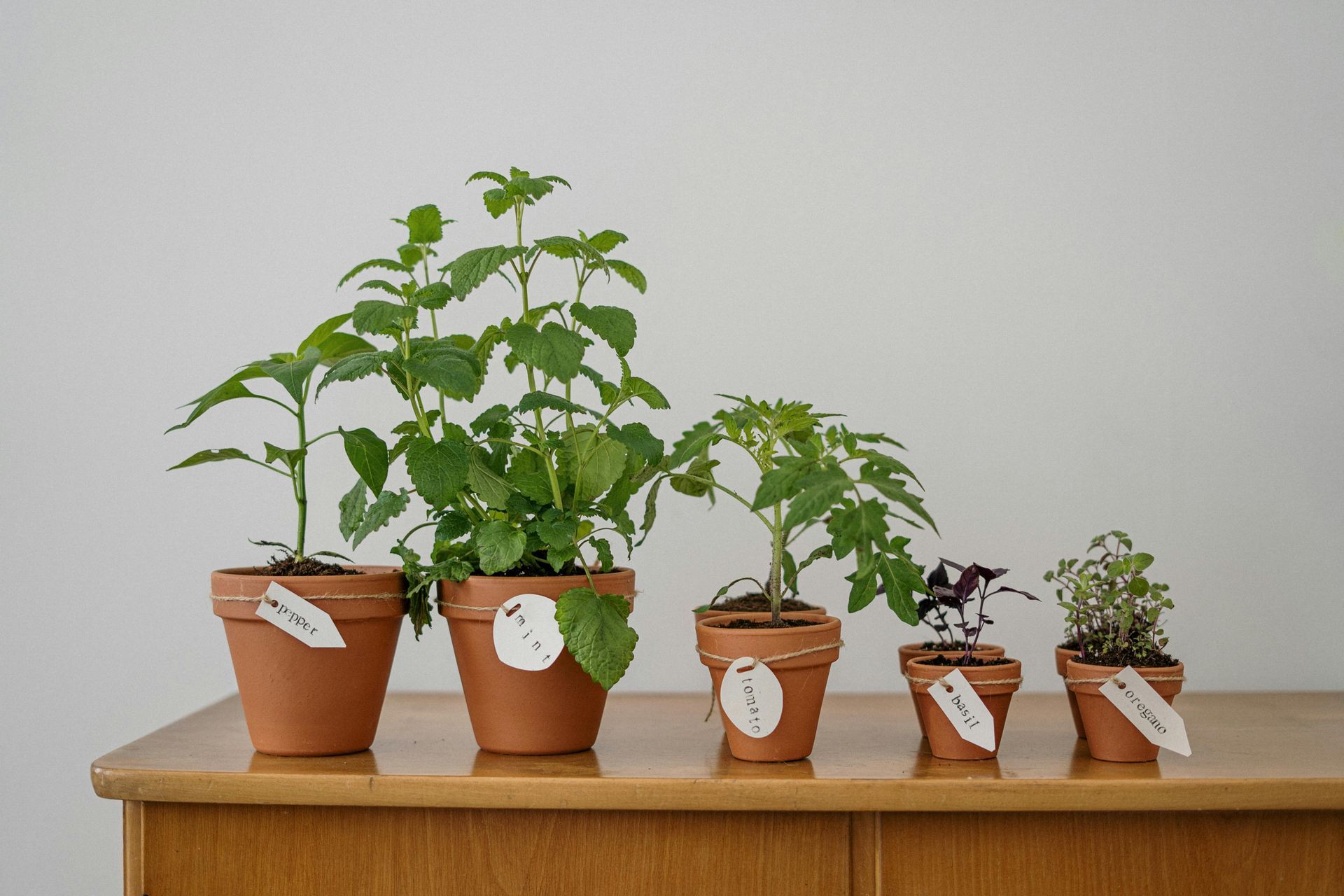
THINGS TO DO IN NATURE IN MARCH
Return of the Swallows
The main event to look forward to this month is the return of the Swallows, Swifts, House Martins and Sand Martins flying home from the warmer climes of foreign lands.
They are here to raise their young during the Spring and Summer months and inspire us with their aerial acrobatics and displays. Only these beautiful birds can master such sky-high moves and precision as they expertly scoop up water and catch flying insects for their hungry broods.
Woodland Stars
With their white starry flowers, Wood Anemones grow very slowly because their seeds are mostly infertile. This means that they colonise woodlands mainly through their tiny twiggy rhizomes. It is said that it takes a hundred years for them spread six feet which is why they are a good indicator of fertile ground.
Sun-loving and gentle, Wood Anemones are one of the first Spring blooms, arriving to take in the light through the leafless canopy in ancient woodlands.
Badger Watching
Now is the time to venture out in the evening to watch out for Badgers and their young cubs. Badgers are omnivores who eat fruit and nuts, and insects, earthworms, slugs, snails and small mammals.
The best way to spot Badgers is to locate their sett in the daytime, often in woodlands or on the edges of fields. These nocturnal creatures have poor eyesight but a great sense of smell so when you return before dusk, remain downwind and position yourself against a tree or thick bushes to hide your silhouette.
Stay as still as possible and prepare to be patient. You’ll be in for a wait but rewarded with a glimpse of these special woodland animals.
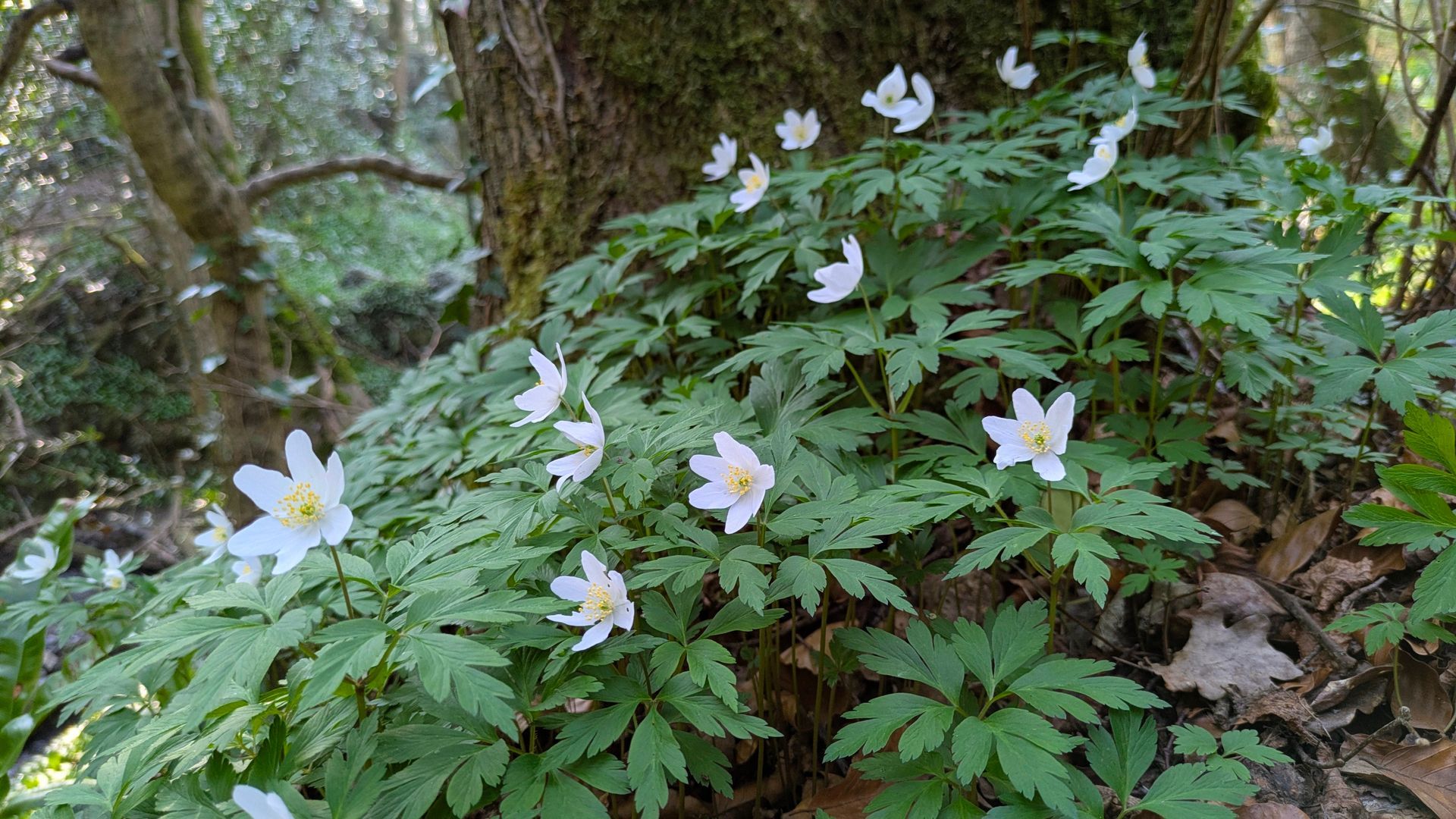
I hope you enjoy making the most of Nature through April for your good health, happiness and wellbeing, and look forward to seeing you here for the next Almanac on 1 May 2025.
Sue Cartwright
Spiral Leaf
Buy a book!
Books with seasonal information presented for each month of the year are available from the Spiral Leaf bookshop using the links below.
The Almanac - A Seasonal Guide to 2025 by Lia Leendertz
The Leaping Hare Nature Almanac by Raluca Spatacean
The Forager's Calendar: A Seasonal Guide to Nature’s Wild Harvests by John Wright
Wild Hares and Hummingbirds by Stephen Moss
The Running Hare by John Lewis-Stempel
The Leaping Hare by George Ewart Evans and David Thomson
Meadowland - The Private Life of an English Field by John Lewis-Stempel
Spiral Leaf may earn a small commission on books sold using the above links in support of independent book sellers and bookshops at no extra cost to you!
Thank you for helping me to keep creating free content - just for you!
Your support helps me to create beautiful content for you to enjoy and share freely with others who love Nature too
Latest Posts
All Posts
Privacy & Cookies Policy | Use of Website Terms | Online Sales Terms | Site Map
Website created and built by Sue Cartwright | No AI is or has been used to build this site or create the content herein
All Rights Reserved | Sue Cartwright | Spiral Leaf

